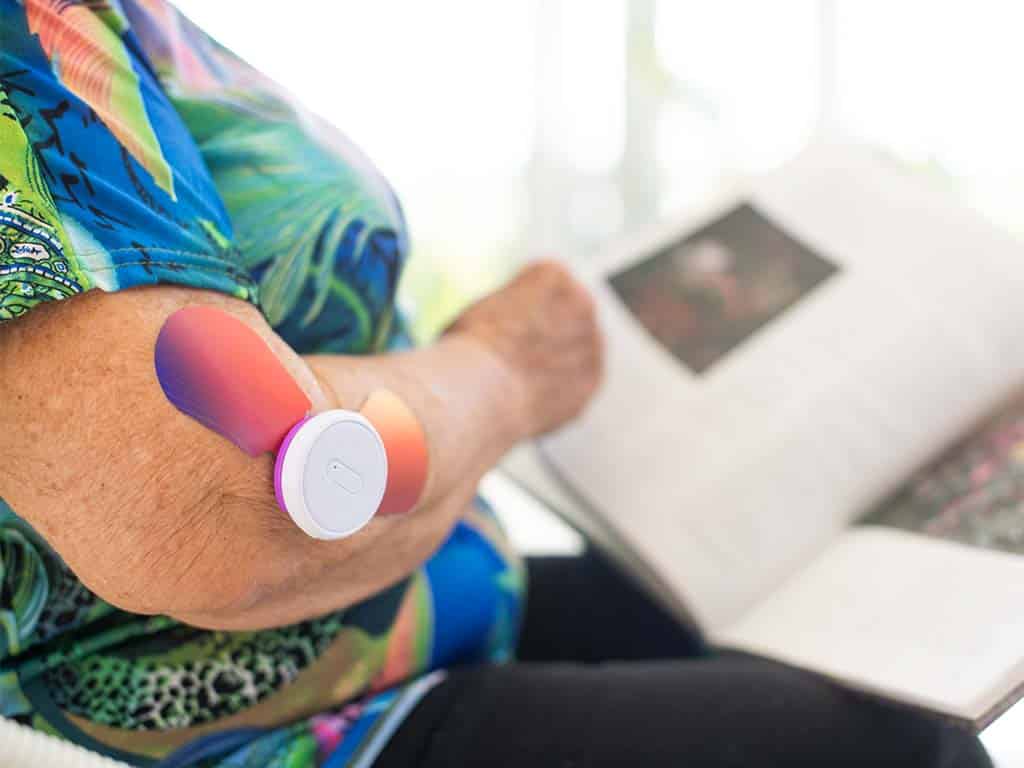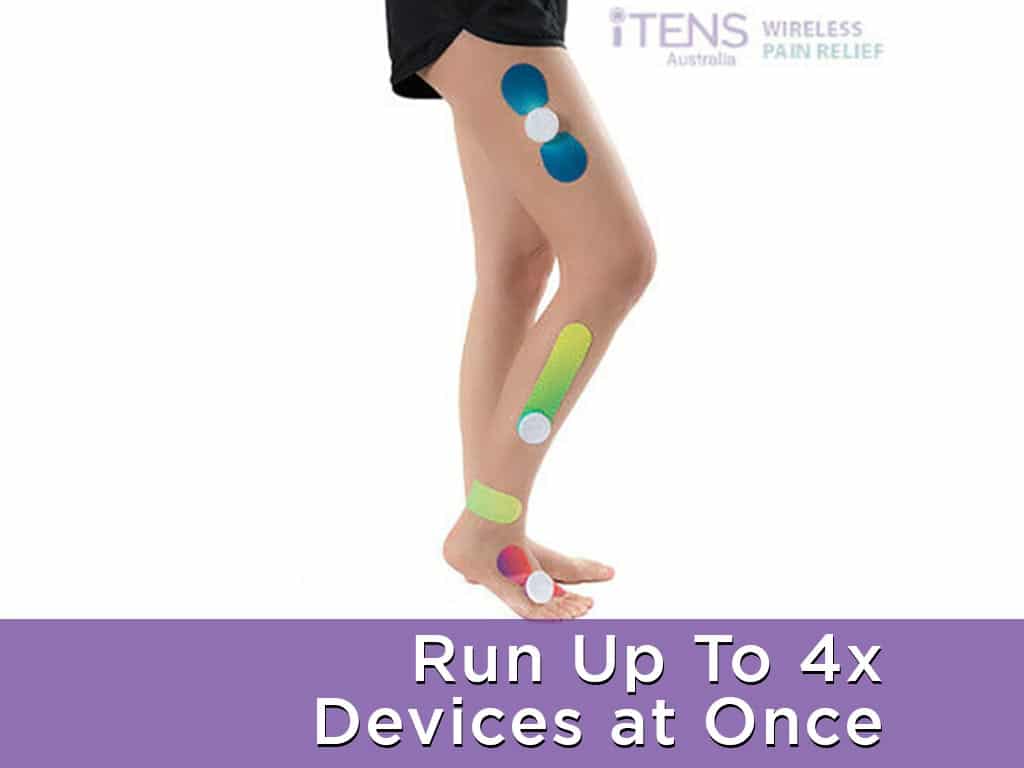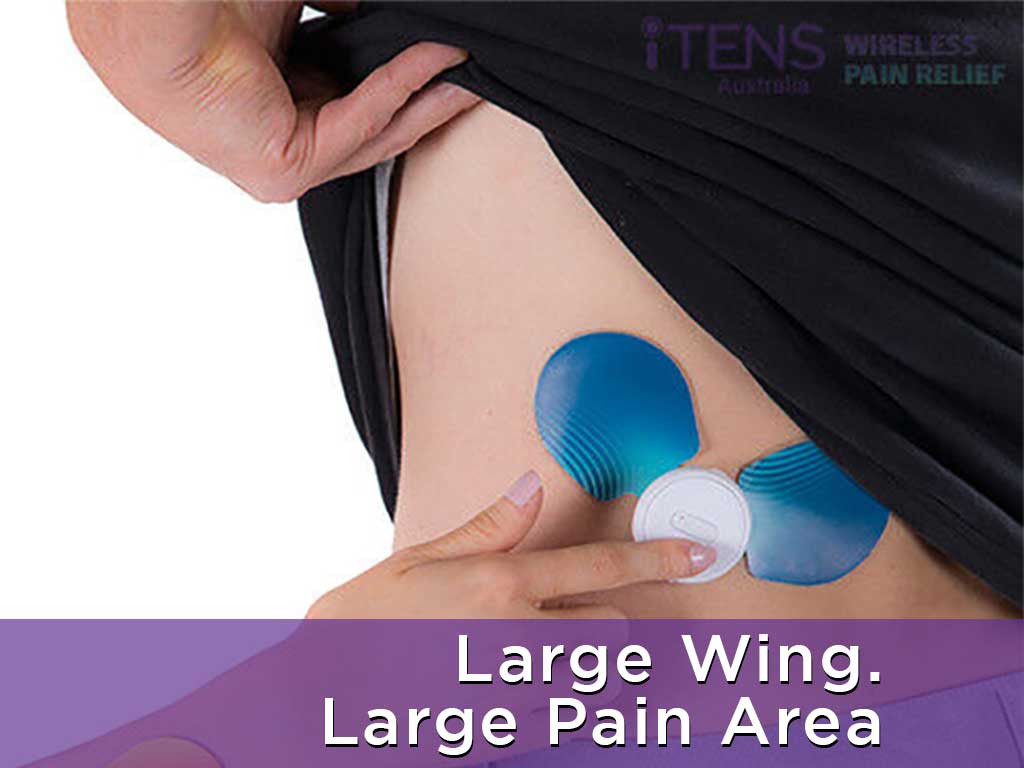
Transcutaneous Electrical Nerve Stimulation (TENS) is a non-invasive and drug-free treatment for pain in adults. It is gaining popularity in physical therapy for its ability to promote healing. Conducting TENS for rehabilitation involves sending gentle electrical currents to the nerves and muscles in the body. Depending on the unit settings, TENS can stop pain messages from reaching the brain. Also, it can trigger the production of endorphins. Subsequently, users can relieve their discomfort without the associated side effects of medications.
The management of pain reduction through TENS usually occurs in healthcare facilities. However, individuals can also purchase a personal electrical nerve stimulation device for home use after consulting a healthcare provider. They can choose from handheld or wireless models. Nevertheless, TENS units are portable, lightweight, and easy to use. Hence, they are convenient for daily rehabilitation sessions. To learn more about TENS, the following sections will present how it works, its benefits, and how to conduct it.
How Does TENS for Rehabilitation Work?
TENS for rehabilitation uses low-voltage electric currents. The TENS machine and electrode pads send them to specific body areas. These electrical impulses the device emits target the sensory nerves. Then, the pulses stimulate them and interrupt the transmission of pain signals. This mechanism can lessen the pain intensity of acute pain conditions due to soft tissue injuries.
When users apply TENS correctly, it can promote the release of endorphins. These natural painkillers bind to the opioid receptors in the brain, reducing the perception of pain. This method of electrical nerve stimulation can help with persistent pain control. TENS is non-invasive and drug-free, making it a popular choice for individuals seeking alternative rehabilitation options.
Furthermore, TENS therapy can reduce muscle spasms, improve circulation and promote muscle relaxation by increasing blood flow to the affected area. Thus, this can aid the faster healing process and enhance the range of motion in injured muscles or joints. Consequently, TENS can re-train muscles for better motor control during rehabilitation.
Frequencies and Intensities
Frequencies refer to the rate at which the electrical impulses are delivered during TENS.
- High (80-120 Hz): provides rapid electrical pulses that primarily target sensory nerves, generating a tingling sensation.
- Low (2-10 Hz): delivers slower pulses that mainly target motor nerves, resulting in muscle contractions.
Intensities in TENS refer to the strength or amplitude of the electrical current applied to the body.
- High (20-80 mA): delivers a stronger electrical current that may feel more intense, suitable for individuals with higher tolerance levels.
- Low (0-20 mA): provides a gentle electric nerve stimulation appropriate for people with low pain thresholds or sensitivity to electrical current.

Benefits of TENS for Rehabilitation
Individuals administering TENS for rehabilitation can receive various benefits. One of these is the absence of adverse effects usually associated with other forms of pain management. Electrical nerve stimulation does not require users to take medicines or undergo intrusive procedures. Thus, they can receive a natural method of pain relief.
Moreover, people can target various parts of the human body at once. They can use two or more sets of electrodes to stimulate different areas. Subsequently, TENS provides a more comprehensive treatment. In particular, this benefits those with musculoskeletal pain or discomfort. Additionally, they can conduct the rehabilitation process at home using TENS. The TENS unit is usually lightweight, handy, and user-friendly.
Electrical nerve stimulation also helps activate weakened or atrophied muscles. Patients who have undergone surgery or experienced muscle disuse due to injury or medical conditions can rely on TENS. Utilising TENS as part of their rehabilitation routine can enhance the effectiveness of their exercises and regain muscle function more efficiently.
Conditions that Can Benefit From TENS
The TENS therapy machine can treat chronic pain conditions. These are ongoing pain that lasts for weeks, months, or even years. Some examples are arthritis and cancer pain. Also, TENS can help alleviate neuropathic pain. It occurs because of diabetic neuropathy and stump pain. Moreover, it can reduce back, shoulder, and neck pain.
In addition, electrical nerve stimulation can aid in the reduction of pain due to a spinal cord injury. Furthermore, it can manage post-operative pain, menstrual cramps, and sports injuries. Nevertheless, people with underlying health conditions must consult a doctor beforehand. These include those with cardiac pacemakers or epilepsy.

How to Conduct TENS for Rehabilitation
Conducting TENS for rehabilitation is straightforward. Before the session, individuals must consult a healthcare provider to use the electrical nerve stimulation device correctly. Afterwards, place the electrode pads directly on the pain site. However, they can also position them around the area instead. The attachment should be firm but not too tight.
Once the patches are in place, turn the TENS machine on. Then, adjust the frequency and intensity settings according to their rehabilitation needs. Begin with the lowest level to prevent sudden electrical shocks. During the therapy, monitor the skin for signs of skin irritation, redness, or burns. If skin irritation occurs, immediately stop the session and readjust the settings or consult a doctor.
Each session should last for 20-30 minutes. After completing the TENS treatment, turn the unit off. Also, carefully remove the electrodes from the skin. Clean the skin with mild soap and water to remove residues from the adhesive pads. Store the TENS machine and patches in a safe place. They should be away from moisture and direct sunlight.
Electrode Placement
The placement of electrical nerve stimulation pads is vital to the effectiveness of TENS therapy. Correct electrode placement ensures optimal pain relief and muscle stimulation. Proper placement requires identifying the target area and selecting the appropriate electrode size. Electrodes should adhere firmly to the skin.
Users must attach the electrodes close to the affected nerves or over trigger points. When targeting large areas, a “sandwich” technique by placing pads on either side of the affected area can optimise pain management. Experimenting with different positions and combinations can help them find the most effective placement for their needs.
Conclusion
TENS for rehabilitation has emerged as a promising and effective therapy for various conditions. It utilises a portable machine that delivers mild electrical currents to targeted areas. The electrical stimulation activates the pain-gating mechanism, blocking pain signals from reaching the brain. Moreover, it enhances the production of endorphins. As a result, these can alleviate pain, reduce inflammation, and promote healing. TENS has shown promise in improving muscle strength, range of motion, and overall physical function.
Patients need a TENS device to conduct the therapy. They can obtain one through healthcare professionals or purchase over the counter. Once the unit is ready, place the pads on or near the affected area. Then, boost the analgesic effects by adjusting the settings. Use the unit for 20-30 minutes. They can incorporate TENS therapy into their daily routine, combining it with other modalities for enhanced rehabilitation outcomes. By following guidelines, users can harness the potential benefits of TENS therapy.




















